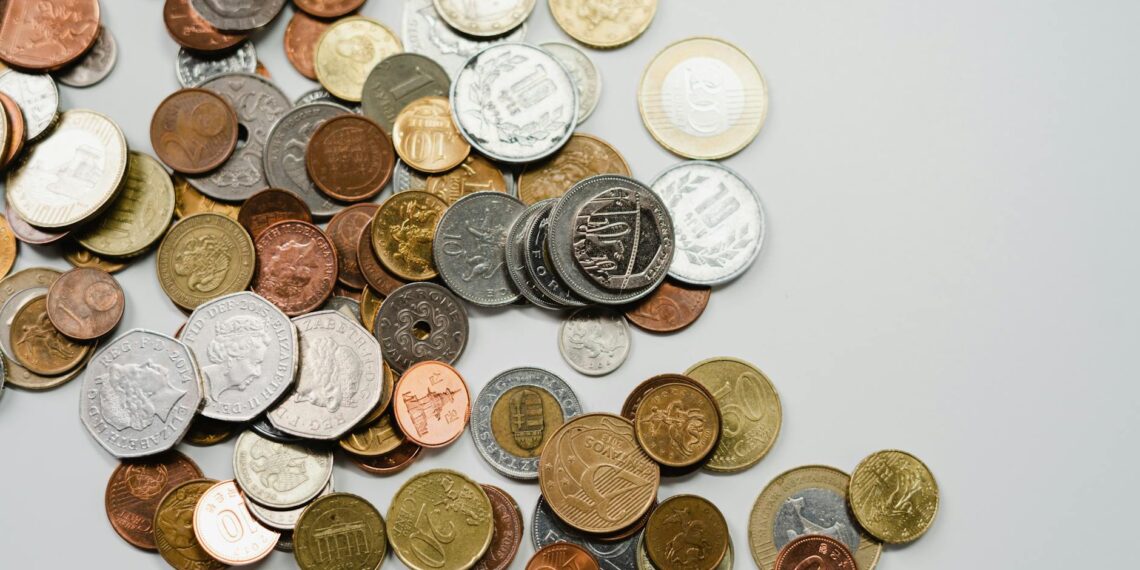The half dollar is a United States coin with a face value of 50 cents . It’s currently the largest circulating coin in the US, measuring 30.61 mm in diameter and weighing 11.34 grams.
Since 1964, the half dollar features a portrait of President John F. Kennedy on the obverse (heads side) and an adaptation of the Presidential Seal on the reverse (tails side). The reverse design shows an eagle holding an olive branch (representing peace) and 13 arrows (representing war), along with a shield and a ring of 50 stars for each state.
The composition of the half dollar has changed over time:
- 1964: Initially, Kennedy half dollars were made of 90% silver.
- 1965-1970: Due to rising silver prices, the composition changed to a silver-clad version containing 40% silver and 60% copper.
- 1971-Present: Kennedy half dollars for circulation are now made of a copper-nickel alloy (91.67% copper and 8.33% nickel).
While they are still minted by the US Mint, half dollars are less commonly found in everyday transactions compared to other denominations like quarters, dimes, nickels, and pennies.
The history of the half dollar dates back to 1794 when the first ones were minted from silver. Prior to the Kennedy design, different allegorical representations of Liberty were featured on the obverse, followed by Benjamin Franklin in 1948. The half dollar has also seen special bicentennial designs in 1975 and 1976, featuring Independence Hall on the reverse instead of the Presidential Seal.









Will banks accept half dollar coins?
Yes, You Can Deposit Coins at Your Bank
Check your bank’s policy. Certain credit unions and community banks still have coin-counting machines.